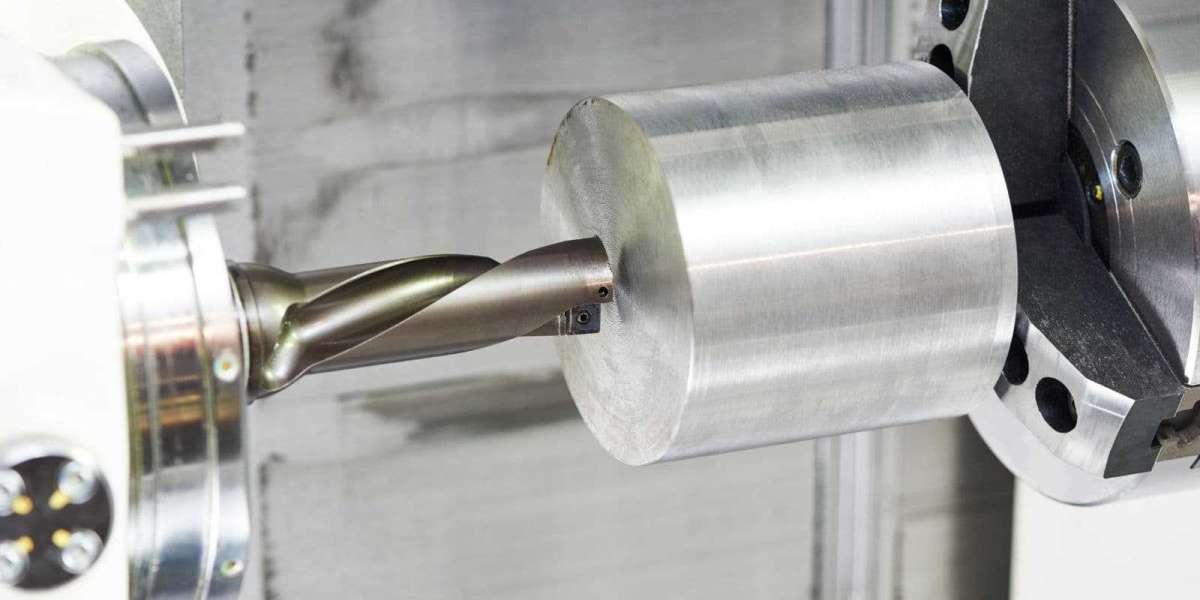In the ever-evolving world of manufacturing, precision and efficiency are paramount. One technology that has transformed the landscape of material processing is CNC (Computer Numerical Control) drilling. From concept to creation, CNC drilling has revolutionized how materials are processed, offering unparalleled accuracy, speed, and flexibility.
The Basics of CNC Drilling
CNC drilling involves using computerized systems to control drilling machines with precise, programmed instructions. These machines operate based on CAD (Computer-Aided Design) files, which translate design concepts into precise drilling operations. Unlike traditional manual drilling, where human error and time constraints can hinder productivity, CNC drilling ensures consistent accuracy in creating holes, slots, or complex patterns in various materials, from metals to plastics and composites.
Speed and Precision: A Perfect Balance
One of the key benefits of CNC drilling is its ability to execute tasks with exceptional precision and at high speed. Once a design is finalized, it is fed into the CNC machine, which then performs drilling operations with micrometer-level accuracy. This capability is especially crucial for industries that demand exact tolerances, such as aerospace, automotive, and electronics manufacturing.
For example, in the aerospace industry, even the smallest miscalculation in drilling can lead to catastrophic failures. CNC drilling eliminates these risks by following detailed instructions to create precisely drilled components, such as engine parts or fuselage sections, ensuring safety and durability.
Efficiency and Cost Savings
In addition to accuracy, CNC drilling is also more efficient than traditional methods. By automating the drilling process, manufacturers can significantly reduce the time required to complete complex drilling tasks. Multiple drilling operations can be programmed and performed in a single run, drastically reducing setup and labor time. This, in turn, leads to lower production costs and faster time-to-market.
CNC machines can also run continuously, requiring minimal supervision, which maximizes productivity. Additionally, the reduction in human error decreases material wastage, leading to further cost savings over time.
Versatility Across Industries
CNC drilling's flexibility allows it to adapt to various industries and materials. Whether it’s creating intricate patterns in electronics boards or drilling large holes in industrial machinery components, CNC drilling can handle a wide range of applications. This versatility makes it an indispensable tool across sectors like aerospace, medical devices, automotive, and even consumer goods.
Furthermore, CNC drilling machines can work with different materials, including steel, aluminum, wood, and plastics, offering the ability to process diverse products without sacrificing precision.
From Concept to Creation: Streamlining Innovation
Perhaps the most transformative aspect of CNC drilling is its role in turning creative concepts into tangible products. Manufacturers can now design highly complex components with the assurance that CNC drilling machines will execute these designs flawlessly. This innovation shortens the time between concept and production, enabling companies to stay competitive in a rapidly changing market.
Additionally, the use of CNC technology supports rapid prototyping, allowing manufacturers to test, refine, and perfect designs quickly before moving to full-scale production.
Conclusion
CNC drilling has fundamentally changed the way we process materials, streamlining the transition from design to finished product. Its combination of precision, efficiency, and versatility makes it a cornerstone of modern manufacturing. As industries continue to push the boundaries of innovation, CNC drilling will remain a key player in shaping the future of material processing.



